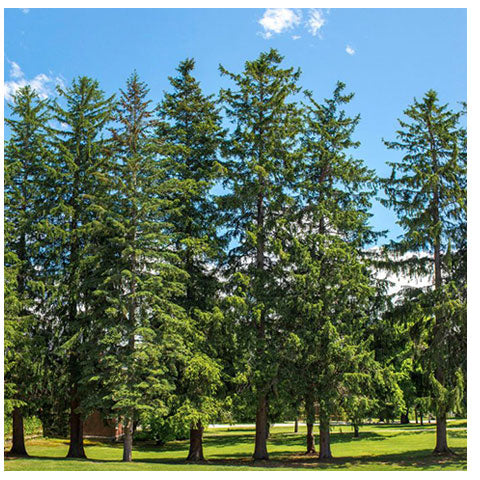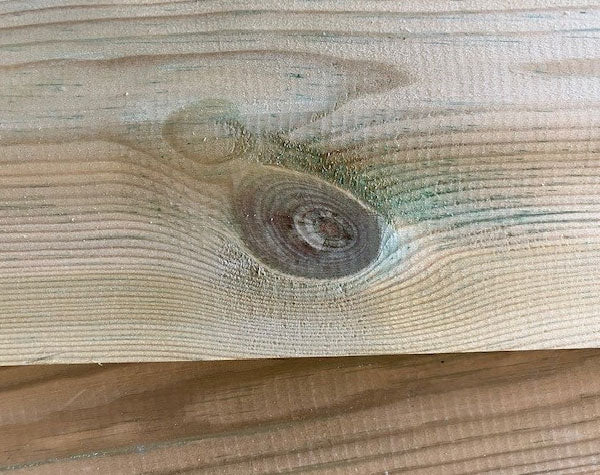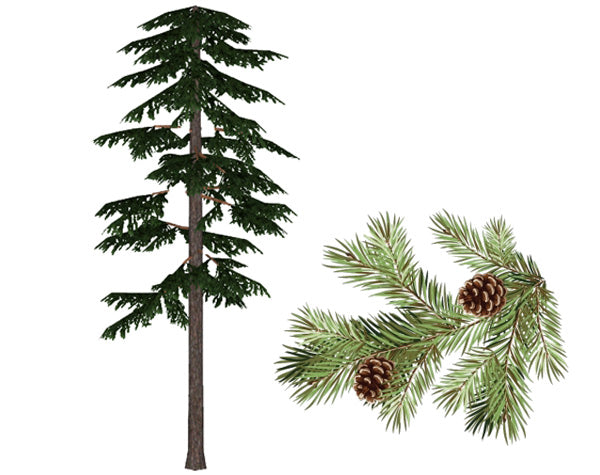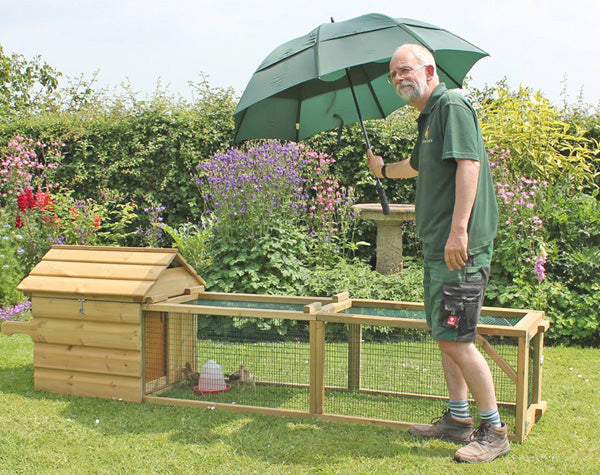Q: Are knots in timber good or bad?
A: Live knots are ok; dead knots are not!
Knots in timber – the good, the bad, and the ugly
What is a knot?
If you've ever worked with wood before, you've probably noticed knots. They are circular or patchy darker spots that interrupt the smooth surface of the wood. But what are knots and are they good or bad?
Why are there knots in timber?
Wood harvested from a tree trunk is a natural plant material, and its quality depends so much on how and where it was grown, as well as its species.
Knots in the sawn timber are caused by how the tree grows.
When the tree trunk produces a branch, the growth flows from the trunk into the branch, which draws nutrients and water from the tree. When the tree is cut down and sawn, the places where the branch was attached to the trunk will appear as darker shaded circles in the planks - they look like imperfections - this is known as a knot.

Some trees have more knots than others, and generally, faster-grown trees have fewer knots than slower-grown trees. Knots are normal and can be described as dead knots or live knots.
Faster-growing trees like Spruce (image) typically produce very few large branches, so foresters may cut them off to encourage upward growth. Slower-growing trees like Pine or Oak may have more knots due to the longer time they spend growing large branches before they reach maturity.
In some coniferous trees, lower branches tend to drop off as they grow, especially if they're planted close together. This is where dead knots, or rot, come from.
So, are knots good or bad?
Live knots are from branches attached to the tree when it's harvested and are generally considered okay. Dead knots, on the other hand, are from branches that have fallen out of the tree and can create problems by leaving a hole or weakening the wood.
However, knots are a natural part of wood, and some people even prefer the look of knotty wood. Knots can add character and interest to furniture, flooring, and other wood products, and they can also make wood more affordable by reducing waste.
How to recognise a Live Knot
A live knot (image below) is visibly lighter in colour and is clearly an integral part of the timber, and it won’t fall out. You can find Pine Furniture over a century old, still with the knots in place.

Often you can see where the grain of the wood flows around (what was) the live branch growth, which gives the timber strength. More waves in the grain equal stronger wood.
How to recognise a Dead Knot
Dead knots (image below) are considered a fault in the timber where a branch has died or been removed, and the rot has seeped into that spot in the tree trunk. A dead knot will be darker in colour, usually with a black line around it.
 These will eventually fall out with the natural movement of timber over time. If there are dead knots, these would, and should, be eliminated by the carpenter when selecting wood for cutting.
These will eventually fall out with the natural movement of timber over time. If there are dead knots, these would, and should, be eliminated by the carpenter when selecting wood for cutting.
A Lovely Old Pine Door
And to show the difference, here we have a restored pine door (below), still with the knots in place after 60 years (is it just me or can anyone else see Rocket the Racoon in this door?).
 Think about it this way - Elm is a lovely timber with a wavy grain and is almost unbreakable, but a matchstick is made of spruce with a perfectly straight grain, and no strength at all.
Think about it this way - Elm is a lovely timber with a wavy grain and is almost unbreakable, but a matchstick is made of spruce with a perfectly straight grain, and no strength at all.
So - hopefully - you can see that not all knots are bad, some are good but, without care in selection they can be ugly.
Further reading about wood:
Hardwoods and Softwoods - what is the difference?
Redwood versus Whitewood - what is the difference?
All about Timber - Facts, Figures, Hints and Tips for its Care
© Flyte so Fancy (Outwoodly) 2022. Author: Phill Weymouth (Director, Flyte so Fancy Ltd). To find out who we are, visit About Us.



